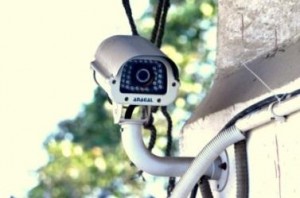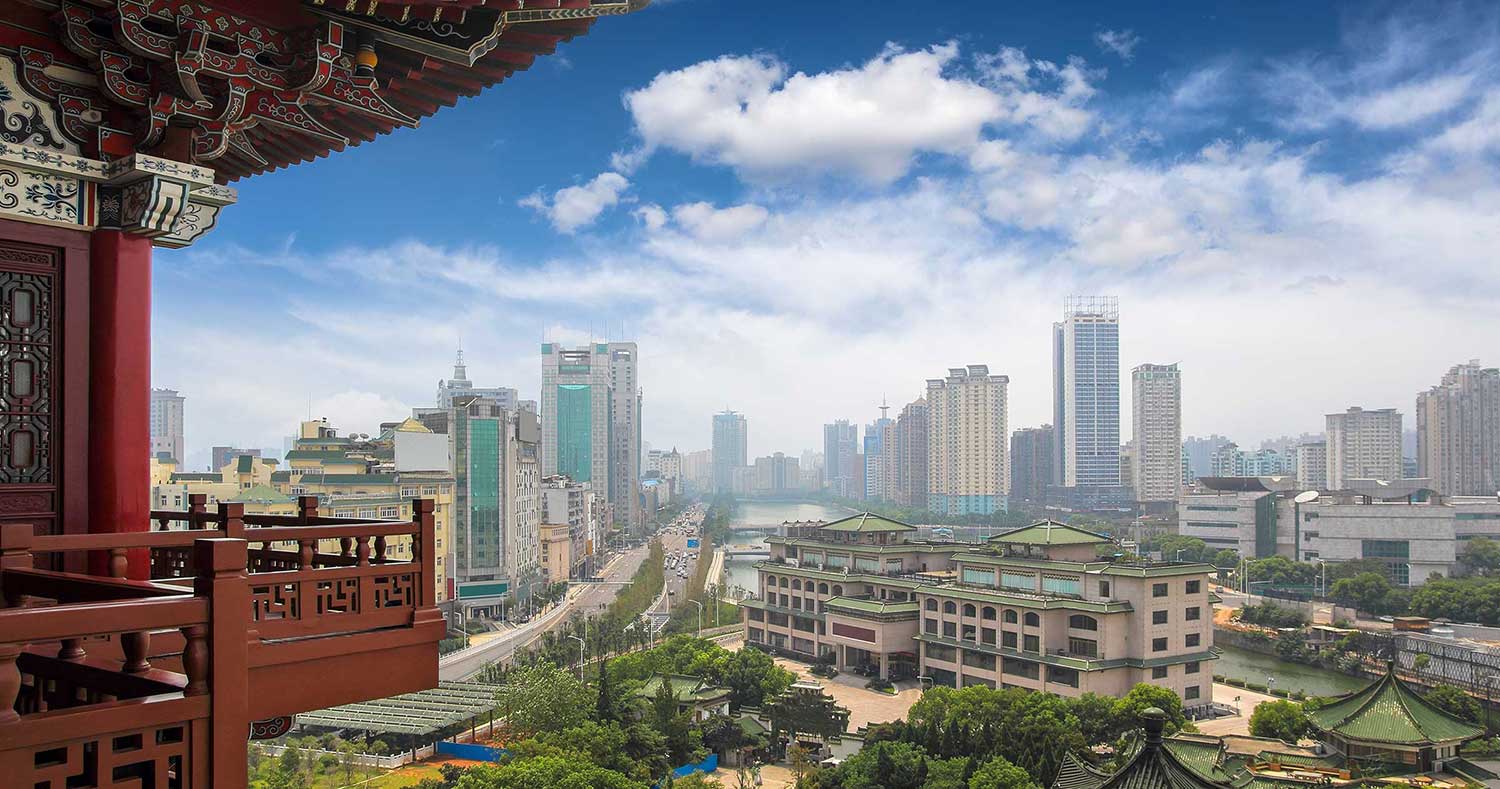Heightened school security measures are routinely applied in reaction to domestic issues that may impact the wider international community; international schools take student safety to levels I had not personally experienced before. My new norm over 30 years ago catapulted me into the realm of threats to personal safety far beyond previous experience; the very worst that could happen in my previous world was a student could ignore the ‘stranger, danger’ warnings, dash across the zebra crossing at home time or face fire and earthquakes. Schools being a target of extremists groups, coping with gun violence or xenophobia was completely beyond imagination. I’m not suggesting that student’s in the 70’s in local primary and secondary schools were relatively free of harmful influences, it could just be that they were free of 24 hour networks that sensationalize perceived threats and the incumbent responses.
International schools with their links to a much broader community have seen themselves as potential targets for retaliation, particularly those with direct links to the United States and the UK. Policies and procedures to combat threats to school safety are taken seriously; I don’t know of any international school in recent history that has suffered personnel or student loss to terrorism, but despite this strict security measures are in place in these schools.
What are we up against?
Bomb threats, menacing visitors, fires, earthquakes, virus alerts and other potentially life-threatening hazards are all situations prepared for by international schools worldwide. Domestic events can, and do resonate across international borders; whether incidents potentially have repercussions on any one nationality or target the broader range of school community members, schools have written policies and procedures in the event of any potential threat and a schedule of practice drills for most throughout the school year are in force.
A system of School Accreditation both with local and international accrediting bodies whilst providing assurance of academic standards also ensures safety standards for international schools remain high and are aligned to strict safety codes in the Western world. Local standards can differ but creditable international Accreditation agencies such as; Council of International School (CIS), Western Academy of Schools and Colleges (WASC) and the New England Association of Schools and Colleges (NEASC) demand internationally recognized standards of school safety and are rigorous in their evaluation of schools’ preparedness for disasters either natural or manmade. In my experience on school accreditation committees, one of the main reasons schools fail Accreditation is because there is an issue with Health and Safety. Student safety is paramount and the built facility as well as Board policies and procedures to avert disaster are scrutinized and discussed more than any other aspect of a school’s operation.
Typical Security Measures

A typical international school limits entry and exit zones and has security posted to monitor foot and vehicle traffic 24 hours a day. In addition to security personnel, a closed-circuit television system records all persons entering and exiting the school. Students and school personnel are screened at entry, typically through digitized security controls that may include finger printing; entry and exit times are carefully recorded. Access to buildings in more vulnerable schools will be by keypad, each with its own code and visitors must display a card or badge making them readily recognizable.

Other less visible means of security are in force such as regular roll calls restricting students to certain areas of the school, links and communication with the security detail within embassies and local police etc. In a school I visited in Saudi Arabia, a heavily armed tank with incumbent soldiers manned the school’s entry, a response to a terrorist act in a housing complex nearby.
Students’ are typically bussed to schools but those who arrive by car must enter and exit at a designated area and all vehicles used to ferry students to and from school are registered and monitored as are the folk who ride in the cars.
On a recent visit home, I took my grandson to his pre-school in an Auckland city building. It was alarming to note that the stringent security measures in place in schools internationally were very much in force for this little pre-school. A sign of the times I guess, but sad and lamentable all the same.
A personal incident
College holidays are often times when administration expects rogue calls for bomb threats and the like. A recent school graduate home for a brief visit and calling the school for a lark is the likely culprit of a bomb hoax but schools don’t EVER question motives, they go into response mode immediately governed by established and regularly revisited written policy for every event.
A call came into Vienna International School (VIS) mid- morning suggesting there was a bomb planted in the school. Trained to deal with such calls the secretary kept the caller on the line as long as possible to prize more information before the line went dead, immediately then alerting key personnel including the Head of School. Drills for such events reduce anxiety amongst students and teachers who reacted instantly to the news grabbing the only thing of real importance, the class roll while shutting windows and lining up students in readiness to exit the building. No time for shoes and definitely no back packs and this particular morning, it was slippers and out the door! The whole school exited the campus and congregated at the Japanese School to the rare of VIS. The roll was taken and the school assigned Safety Officer alerted to anyone not accounted for. Fortunately in this case all students were assembled.

A trained bomb squad with dogs searched the school buildings and found nothing. A further call a day later elicited the same response from the school; not funny and definitely not appreciated! Having no trace on the caller and taking every precaution, senior management called in the American Marines stationed in the city. Tall and imposing they were quite a sight! They guarded the school’s perimeter walls and took vigil at the main entrance to the school checking backpacks, bags, pockets and sometimes shoes! Scary for our smallest students who had to leave their care-giver at the school gates and entre in the arms of teachers. I’d never personally come across a marine prior to this but I admired the care they took to alleviate fear and anxiety despite the heavy presence of some pretty obvious weaponry.
We will all have strong opinions about why such security measures are in vogue both domestically and internationally in our schools, but the situation is what it is and we must respond accordingly. Schools are vulnerable targets and our students amongst the most defenseless objects of violence and terror. While we can all be part of the solution equally we must be prudent and well prepared for what we know is a modern day reality. Heightened levels of security are the consequence of a troubled world and are the new norm. International schools have been alert to potential dangers since their inception; school security and student safety will continue to be at the forefront of decision making at the highest levels. Governments keen to maintain a foreign presence will provide measures that protect and defend international schools from external threats both from within and outside the country.
